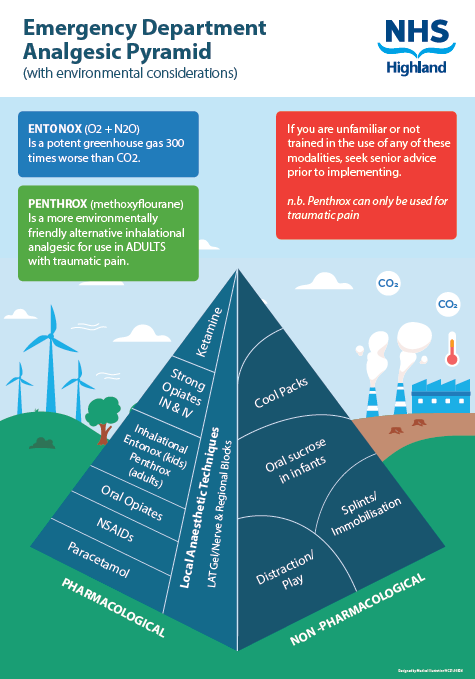Penthrox is contraindicated in patients with atraumatic pain and patients with mild pain (VAS < 4)
Penthrox is contraindicated in children/anyone under 18 years of age
The ‘CHECK ALLL’ checklist should be used to screen for contraindications
- Cardiovascular instability
- Hypersensitivity to Penthrox or any fluorinated anaesthetic
- Established or genetically susceptible to malignant hyperthermia.
- Consciousness reduced due to any cause including head injury, alcohol or drugs
- Kidney impairment* (clinically significant, eGFR<30) or nephrotoxic drugs (tetracycline, gentamicin, colistin, amphotericin, polymyxin B)
- -----------------------------------------------------------------
- Age < 18 years
- Lung/respiratory impairment* (anything which causes respiratory compromise or respiratory depression. A managed diagnosis is not a contra-indication)
- Liver impairment* (deranged LFTs or synthetic function) or CYP450 inducers (carbamazepine, isoniazid, phenobarbital, phenytoin, primidone, rifampicin)
- Last administration of Penthrox (maximum dose 6 ml (2 bottles)/24 hrs or 15 ml/7 days). Should not receive doses on consecutive days.
*seek senior advice relating to kidney, lung, liver impairment contraindications
Further information is available from the Summary of Product Characteristics available at the emc.

